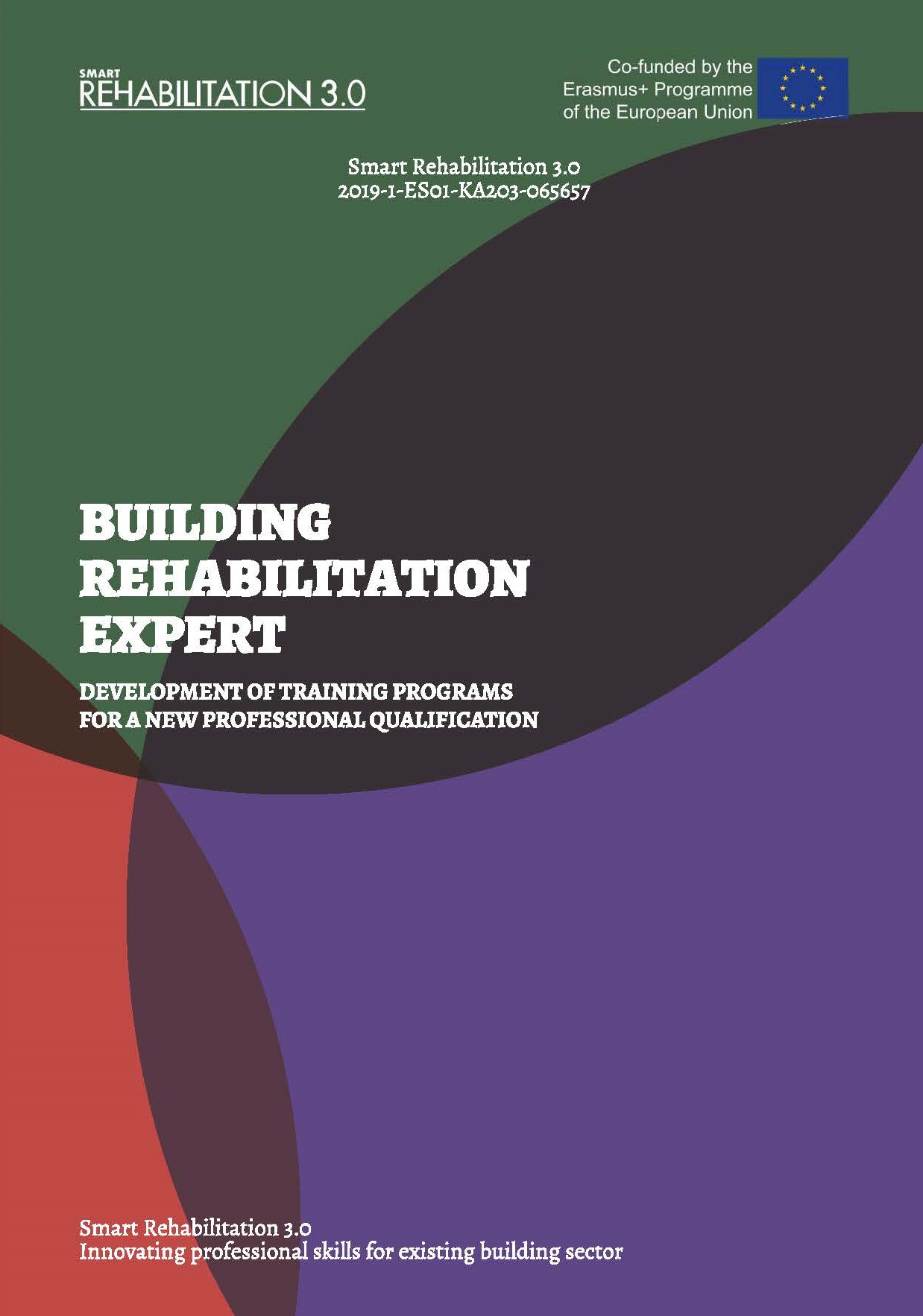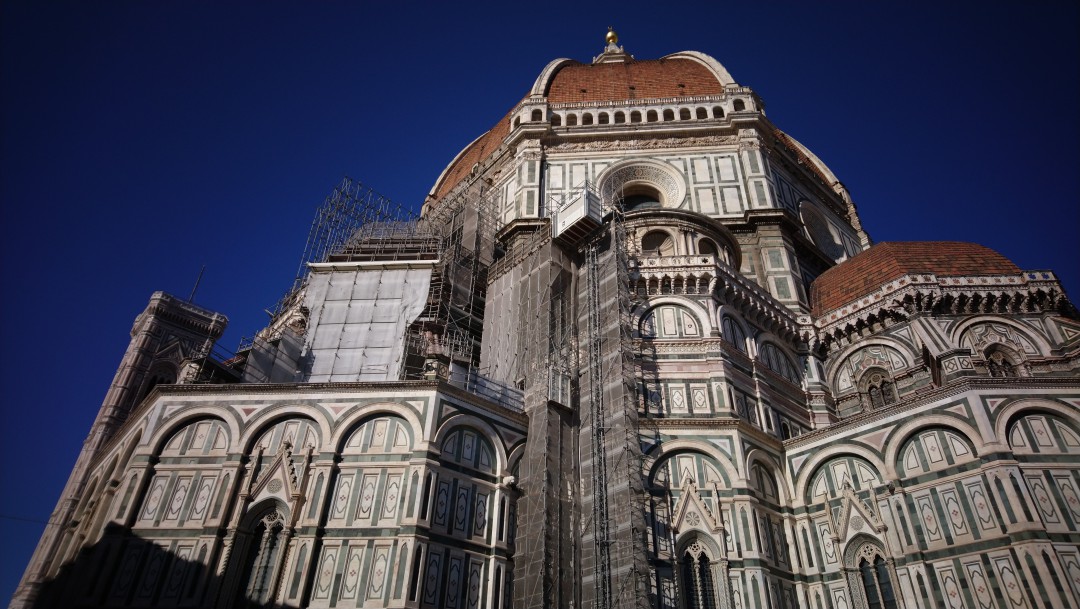Digital Library
The Digital Library is a repository where teachers, students and professional experts can directly and freely access multiple information and files on rehabilitation and restoration. It is an open-source network for information distribution, built with the involvement and contributions of specialised experts and companies working in rehabilitation.

Building rehabilitation expert
Development of training programs for a new professional qualification
In the frame of the Smart Rehabilitation 3.0 project, a document for the creation of the new professional profile of “Building Rehabilitation Expert” has been developed.
The digital library further contains two different databases collecting information relating to technological innovations and innovative interventions in building rehabilitation. Each Database will gather an adequate number of sheets, simple or complex, depending on the study-case.

“Technological innovations for rehabilitation”
Database 1
The database organizes the technological innovations by referring to the different building parts/construction systems, using a particular attention to the original construction materials and to the innovative construction techniques that it will be introduced. Each Partner of the project must involve local stakeholders and industries because they produce innovative materials or construction companies engaged in the experimentation/implementation of cutting-edge construction systems.
“Innovative Architectural Intervention in rehabilitation”
Database 2
The second database subdivides the innovative architectural interventions related to the rehabilitation and restoration by referring to specific categories/examples and emblematic study-cases, using a particular attention to the original design and to the innovative architectural intervention that it will be introduced. Also collecting the sheets of Database 2, each Partner must involve local stakeholders and architects with innovative rehabilitation/restoration buildings interventions.


BACKGROUND
The construction sector has great potential for economic activity and job creation in the rehabilitation of the built stock and the restoration of built heritage. Multiple reasons reinforce this trend: aged European housing stock; improvements in energy efficiency; social demands on accessibility and comfort; patrimonial and identity value of the built fabrics and monuments; reinforcement of circular economy, impact of rehabilitation on the quality of life of people and social cohesion, among others.
All this, has led the European and world political leaders to establish agreements and to promote measures to encourage the rehabilitation activity from different perspectives and objectives. Despite of this, most European universities consider rehabilitation as a marginal discipline and do not train the expert professionals required by the sector.
